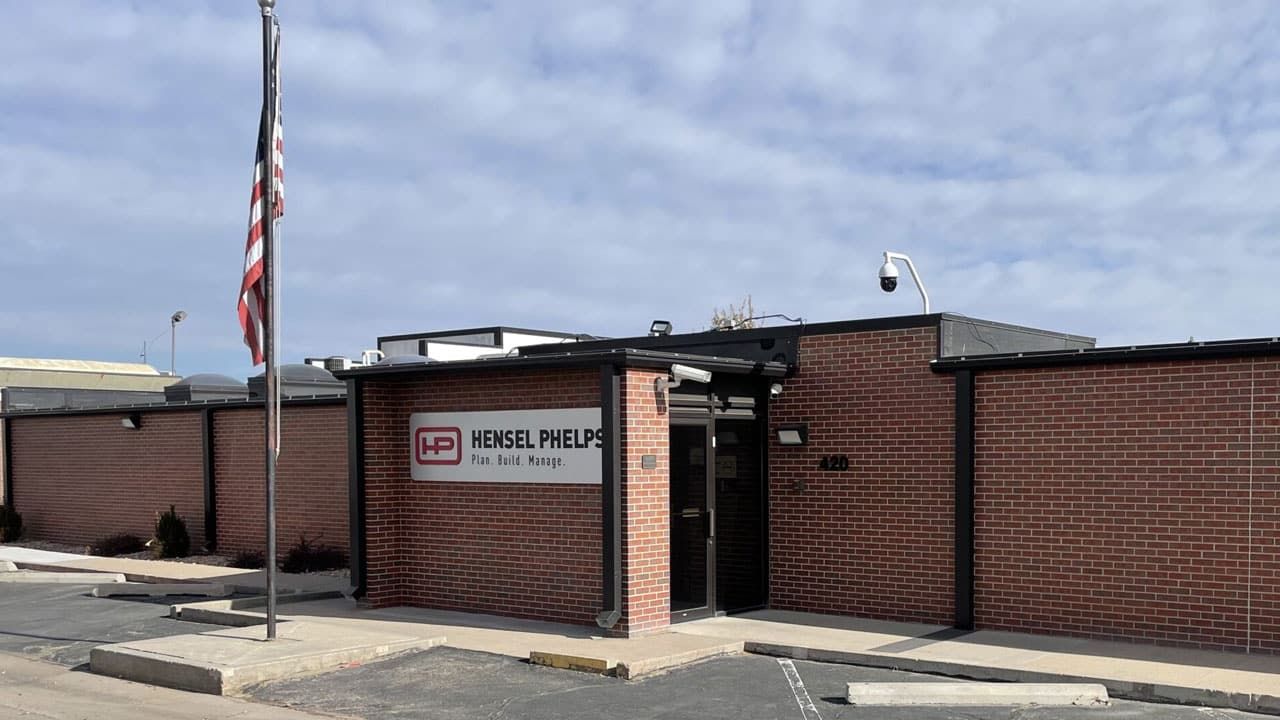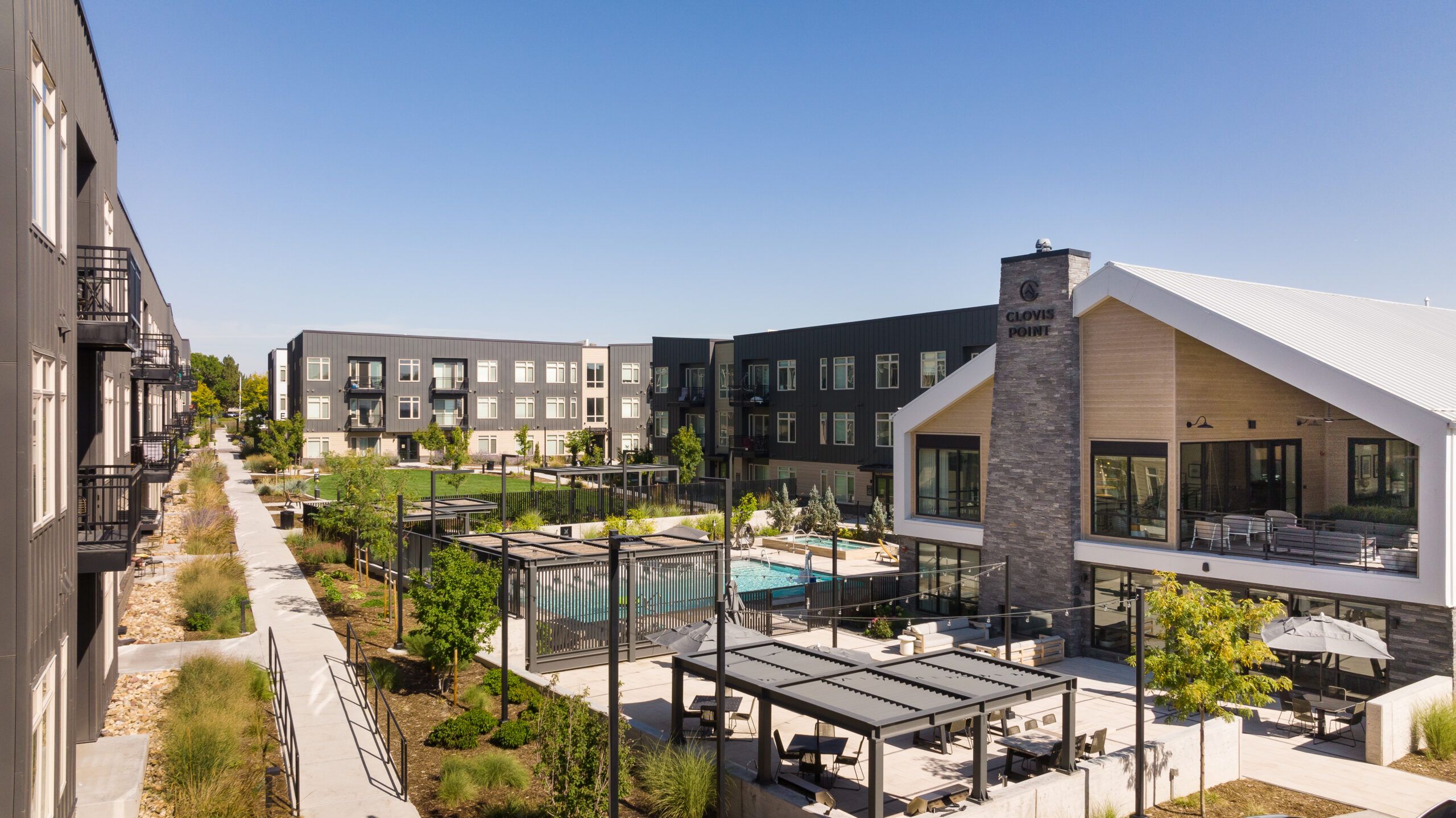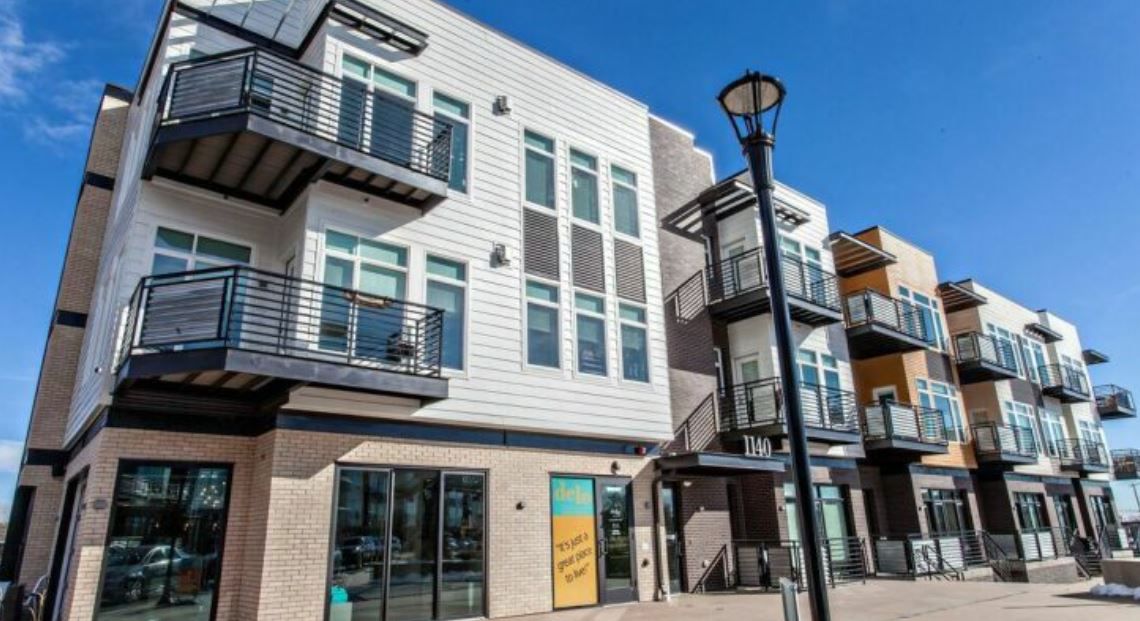Marshall Fire aftermath: ‘Another tragedy waiting to happen’

The combination of hurricane-force winds and a record-breaking bone-dry autumn turned the Dec. 30 Marshall Fire into one of Colorado’s costliest disasters.
The combination of already low housing inventory, already high home prices and rents, the COVID-19 pandemic, worker shortages and supply-chain disruption very likely will make it worse.
Or as Kyle Snyder with Longmont-based First American Title put it, “This is shaping up to be another tragedy waiting to happen.”
SPONSORED CONTENT
The gale-whipped blaze ravaged parts of Louisville, Superior and unincorporated Boulder County, destroying 1,084 homes and damaging another 149 residential structures, according to a Boulder County news release, which added that the county assessor’s office placed the total value of residential damage at $513,212,589. Business losses included seven commercial buildings including a hotel destroyed and 30 damaged, with financial value still being determined.
Snyder said problems in the aftermath, especially in terms of residential property, started long before the fire, including a decline in the number of houses for sale that started four or five years ago, “and the beginning of the pandemic made that inventory even smaller.”
Snyder, who keeps a running tab on the cost of available homes and rents in Boulder County, said Boulder saw a 22.3% increase in home prices from 2020 to 2021.
“I don’t know where the top is,” he said. “You’d think in 2020 we were in the top for price, but no.”
Market analysts attributed the spike to people wanting to stay put during the pandemic coupled with a slowdown in the home-construction industry because of health restrictions, meaning buyers had even fewer choices.
“Low inventory and higher demand pushes prices up,” Snyder said, “and then we lose more than 1,000 homes in the area to the fire, so now we have even lower inventory.”
Rebuilding will be a slow and costly process, especially considering the building industry was already short on workers and materials.
“You’re lucky to get permits in a year and lucky to get a house built in two as it is,” Snyder said, adding that rising costs related to a diminished labor pool plus the delays in the supply chain for line items such as building materials, appliances and furniture will add to the aggravation.
Home construction is “an industry fraught with delays,” Snyder said. “The smaller the builder, the harder it will be to acquire materials.”
Even before rebuilding can happen, he said, debris needs to be hauled away — and city and county officials are still trying to figure out where the charred remains of more than 1,000 structures are going to go. Residents and businesses can get answers about debris removal through the Debris Group at the Disaster Assistance Center, 1755 South Public Road in Lafayette, or by calling the debris hotline at 303-214-3203.
Among the ashes are the potentially toxic remains of household chemicals, car batteries, paint, electronics and other items, prompting the county’s Office of Emergency Management to warn residents and businesses that trying to do cleanup themselves can be risky — and that those who do won’t be eligible for help from any publicly funded removal programs. Do-it-yourselfers are also being urged to wear N95 masks and other protective gear.
“All privately contracted work must follow state, local, and federal environmental regulations,” the county said in a news release, “including guidance documents developed specifically for handling and transporting ash and debris from fires.”
Some residences in the area sustained little or no structural damage but were blanketed in smoke, and “anything close still smells like smoke on the inside,” Snyder said, “and you can’t live in that whether it’s toxic or not.”
The fire’s aftermath sparked fears among property owners that all the rising costs would mean their insurance wouldn’t cover replacement to the standard they had. However, Colorado Insurance Commissioner Michael Conway, in an interview with Colorado Public Radio, urged them to try working with their insurers anyway.
“Find out if you have an under-insurance problem, as you work through that claims process, and then we’ll figure out how to solve for that under-insurance problem,” Conway told CPR. “What I don’t want to happen — what I’m really worried about happening — is people getting so worried about the potential under-insurance problem, that it just freezes them in their tracks.”
Snyder said people also might be surprised by what their insurance doesn’t cover — including basements.
“In a normal house fire, your whole house doesn’t burn down. Your basement has concrete walls and floor, and you can use it again,” Snyder said. “But the Marshall Fire was so intense that the basements turned into giant cauldrons that made the concrete brittle and unusable, and even melted the rebar in the walls. Now you have an unreinforced wall in the basement, and you have to take it out and re-pour a whole new basement.
“That’s not typical in a house fire, so policies usually don’t cover it,” he said. “When I sat down with my own insurance guy, I found out my coverage didn’t insure concrete. But we decided to leave it as it is because to have this happen again isn’t typical.
“It’s all about risk management,” Snyder said. “The lesson is that people should reassess their insurance coverage once a year. That seems like a pain, but a lot of people here now wish they’d have paid that extra little bit a year to have their houses fully insured.”
The Federal Emergency Management Agency can help pay for repair and rebuilding costs that insurance companies refuse to cover, but there’s a cap to that aid, currently set at $37,900. Low-interest disaster loans from the Small Business Administration also are available to homeowners as well as commercial interests. Additionally, FEMA provides separate aid for things such as rental assistance, which has no set cap but is limited to 18 months.
Where displaced residents will live until their homes can be rebuilt is yet another challenge, he said. They might choose to move out of the area, at least temporarily, “but many of them have kids in school here and they want to stay around.”
But where?
“Our rental vacancy rate has been below 2% for five or six years now,” Snyder said.
Businesses “will be facing all the same things,” he said, “plus, if they don’t own their own building, that could be catastrophic for them if their inventory isn’t insured.” Those businesses that were able to reopen also might face the prospect of a diminished customer base.
The Colorado Attorney General’s Office has been fielding complaints about “price gouging” in area home prices, citing listings on Zillow and Redfin in southern Boulder County that have risen by 20% or more since the fire. Although Attorney General Phil Weiser has pointed out that it may simply be a case of supply and demand, it’s little consolation to those who have lost much of their possessions.
Said Snyder, “My heart goes out to all those affected, that’s for sure.”
The combination of hurricane-force winds and a record-breaking bone-dry autumn turned the Dec. 30 Marshall Fire into one of Colorado’s costliest disasters.
The combination of already low housing inventory, already high home prices and rents, the COVID-19 pandemic, worker shortages and supply-chain disruption very likely will make it worse.
Or as Kyle Snyder with Longmont-based First American Title put it, “This is shaping up to be another tragedy waiting to happen.”
The gale-whipped blaze ravaged parts of Louisville, Superior and unincorporated Boulder County, destroying 1,084 homes and damaging another 149 residential structures, according to a Boulder County news release, which added that the…
THIS ARTICLE IS FOR SUBSCRIBERS ONLY
Continue reading for less than $3 per week!
Get a month of award-winning local business news, trends and insights
Access award-winning content today!





